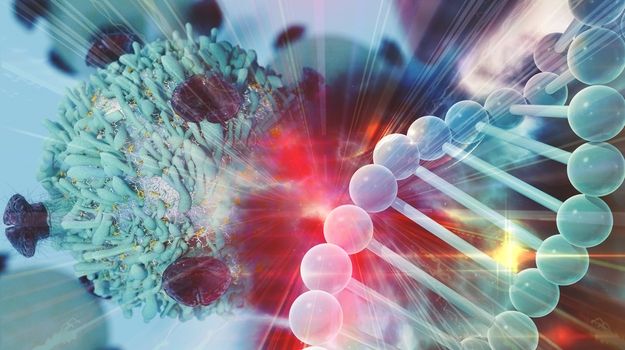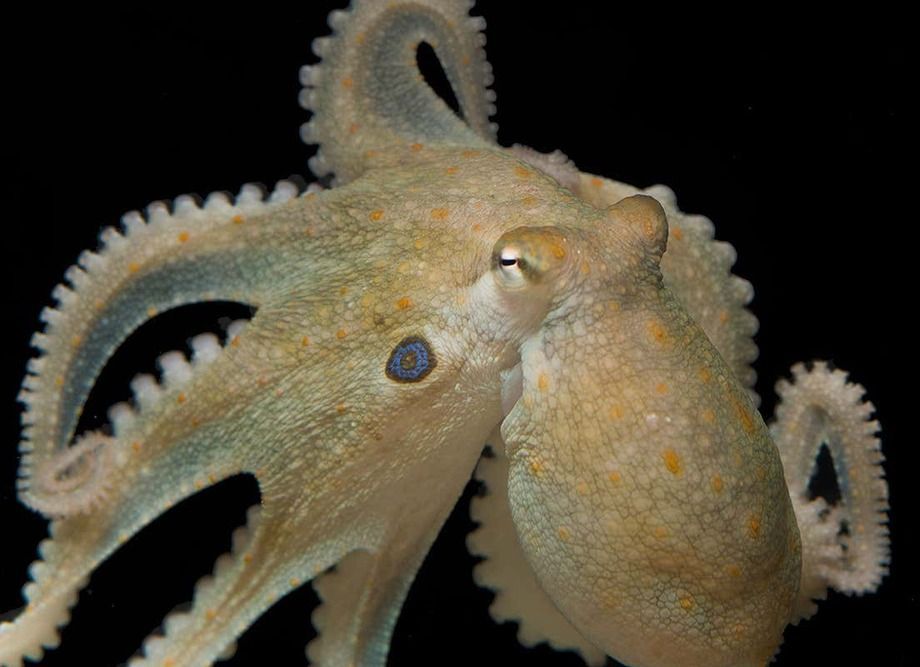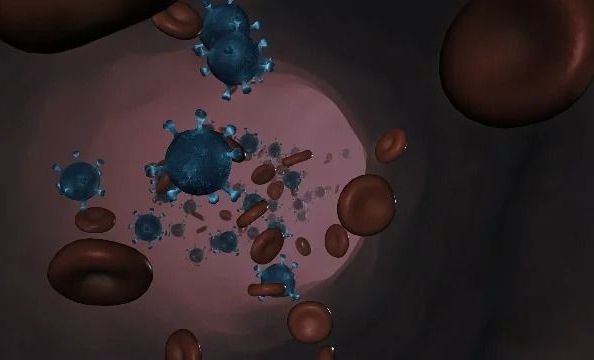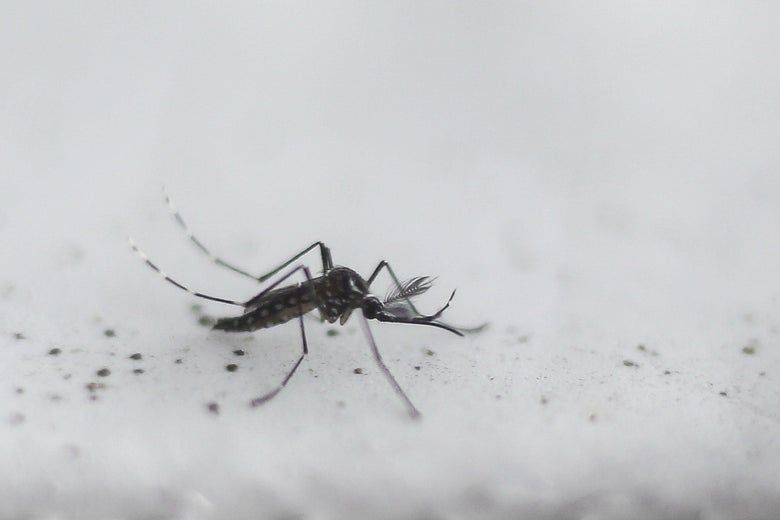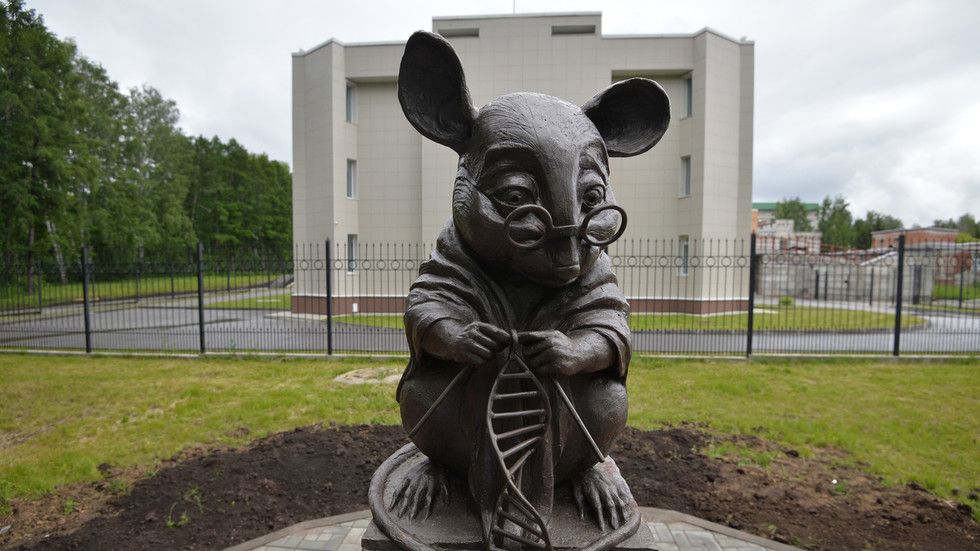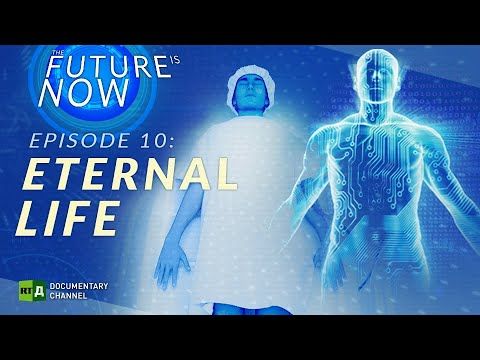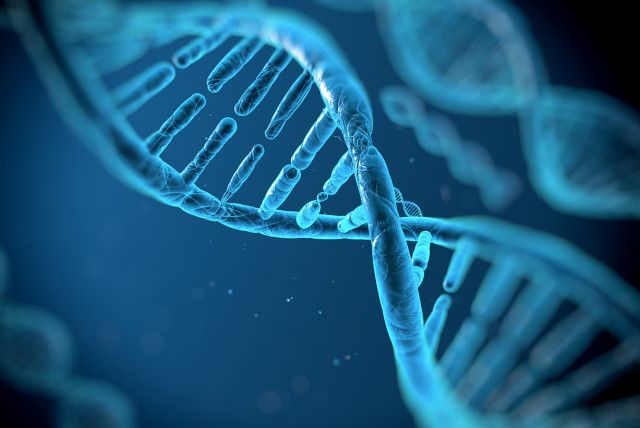Jun 12, 2020
Genetics of uniqueness
Posted by Genevieve Klien in categories: biotech/medical, genetics
True genetic isolation is hard to pull off. Human populations tend to mix when they are in close proximity.
Consider the Hui people. These are Muslims who live across China and speak the local Chinese dialect of their locale. The Hui claim descent from Central Asians and Persians who arrived in China around 1,000 years ago. But the vast majority of their genomes are no different from the Han Chinese. Physically they are impossible to distinguish from Han Chinese unless you take note of their attire.
How can that be when they are so culturally different? For example, as Muslims the Hui do not eat pork and consider it unclean. In contrast, for the majority Han pork is dietary staple.

